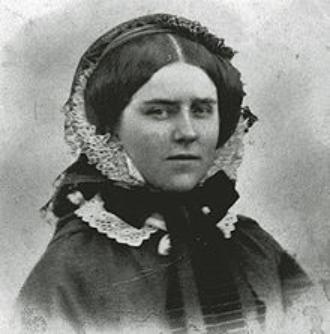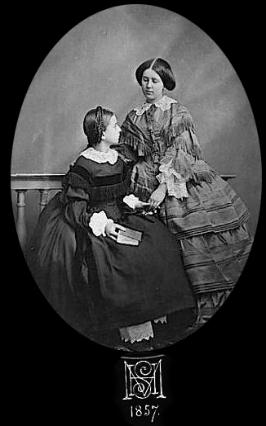
Ovimbundu sceptre or staff
Colonial Portuguese Female Head Privilege Sceptre
Ovimbundu People, Angola
circa 1900 or before
length: 48cm
This rare and finely-carved wooden sceptre has, as its finial, a highly-polished female head. The head has an elegant, refined and idealised woman’s face with a fine nose and two fine lips.
Her small eyes, beneath two delicately-rendered incised brows, portray a meditative expression. The prominent forehead is characteristically Ovimbundu. It suggests intelligence, thoughtfulness and sensibility.
However, the female head might represent a colonial Portuguese woman because of its unusual coiffure, which resembles the bonnets typically worn by Portuguese women during the 19th century. The fringes are incised with zigzag motifs and separated by two fine stripes of hair bands from the face.
The same zigzag motifs, which are common in Ovimbundu coiffure carving, can also be found on the side of the bonnet’s crown. The brim of the bonnet is embellished by a band of smaller zigzag motifs together with some brass tacks (some are deficient).
Brass was an imported material and therefore expensive. Its presence is suggestive of the owner’s relatively high status.
A lobe of hair sweeps backwards from the base of the bonnet’s crown down to the neck – a hint as to the woman’s maturity.
The sceptre has a dark hue – a product of it having been darkened at the time of manufacture. The patina is now deep and glossy.
A minor age-related crack runs near the right cheek and bonnet.
Sceptres such as this example this were prestigious items owned by Ovimbundu chiefs in what is now Angola. Their forms represent the positive qualities the chiefdoms would wish to cultivate within. Typically such sceptres were presented to the sons of chiefs during their transition to adulthood.
Ovimbundu carvings, particularly of the female figures, were aesthetically influenced by Chokwe carvings. The Chokwe are another of Angola’s important ethnic groups.
Ovimbundu carvings were also influenced by the royal art of the neighbouring Luba kingdom in the present-day Democratic Republic of Congo.
All of these influences were cultivated along trade routes that penetrated the region during the 19th century. The Ovimbundu, Chokwe, Luena and related tribal groups in the region all have similar sceptres with the particularly striking characteristic of elaborate hairstyles or headdresses that adorn both male and female finial heads.
The Ovimbundu are a Bantu-speaking ethnic group living in southern Angola, which comprises over 20 indigenous chiefdoms. The Ovimbundu were the main coastal link to the Portuguese-sponsored trade routes with Central Africa. The merchants and chiefs became wealthy through this trade and would often commission objects of art to illustrate their political and financial status. The authority of an Ovimbundu chief was not hereditary – a council elected a sovereign, but he was chosen only from among the members of the royal clan.
References
Bacquart, J. B., The Tribal Arts of Africa, Thames & Hudson, 1998.
Ginzberg, M., African Forms, Skira editore, 2000.
Pethica, T., Klopper, S. & Nettleton, A., The Art of Southern Africa: The Terence Pethica Collection, 5 Continents, 2007.
Robbins, W. M. and Nooter, N. I., African Art in American Collections, p. 55, Smithsonian Institution, 1989.
Provenance
UK art market
Inventory no.: 1726
SOLD










Queen Stephanie of Portugal – wearing a bonnet (before 1859)
Queen Stephanie of Portugal, and her sister Marie – with hairstyles common in Portugal in the 19th century.



